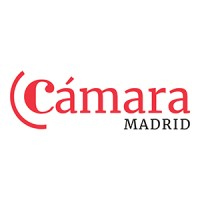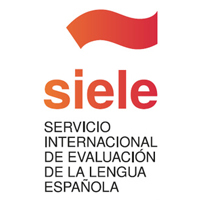It’s only about an hour from the capital, so it’s a great excursión (day trip) for when you don’t have any Spanish lessons or homework!
So, you’re in Madrid learning Spanish and you’ve visited a lot of the main sitios de interés (tourist attractions). You’ve been speaking Spanish loads and now are more confident with the madrileño accent. Now then, it’s time to start exploring further afield and visiting all the beautiful ciudades (cities) near Madrid to get better acquainted with Spanish culture. A good first stop is Segovia – a historic city classed as patrimonio de la humanidad (a world heritage site) since 1985.
Segovia, or rather the area around where the current city stands, was settled hace cincuenta mil años (50,000 years ago). It was conquered by the Romans, who built the now world-famous acueducto (aqueduct) there in el siglo I A.C (the 1st century BC). Since then, Segovia has been conquered by the Moors, reconquered by Alfonso VI and attacked by the French in the Guerra de la independencia (the Peninsular War) – so it’s seen its fair share of action over the centuries! Nowadays, it’s more tranquilo (calm) so let’s look at what to see and do there.
Comer cochinillo asado
The first thing you should do is reservar una mesa (book a table) in one of the many good restaurants in the city and order cochinillo asado (roast suckling pig) for lunch. This is the plato típico (typical dish) from the area and normally comes with patatas (potatoes). It’s a very contundente (hearty) dish so make sure you don’t have a big breakfast beforehand! In some restaurants you can ask for more meat when you’re done, so that’ll give you a chance to practise your Spanish too and then you can explain that “estoy lleno” (“I’m full”) to the camarero/a (waiter)!
Ver el acueducto
As we’ve already mentioned, the most iconic landmark in Segovia is its acueducto (aqueduct). Built sometime in the siglo II d.C (2nd century AD), it provided the city with water right up until 1973! It’s a marvel of engineering as there is absolutely no cement holding the structure together, which also makes you wonder how it’s survived for so long! In fact, there have been several reparaciones (repairs) done to the arches over the centuries so don’t worry, it won’t topple on you as you gaze up at it from below!
Visitar el alcázar
When you see a picture of this beauty, you’ll be forgiven for thinking of the castle in Disney’s Cenicienta (Cinderella) and on the introduction to all their films, and that’s because Walt Disney in fact took inspiration from the Alcázar de Segovia when designing it! The word alcázar translates as something like castle or fort and was originally constructed over some Roman remains to protect the town. It has served as a military base, royal residence and now a world-class museum. Definitely not to be missed on your trip!
Pasar un rato en la catedral de Segovia
Another extremely important monumento (monument) in this city is its catedral (cathedral). Pretty much every major city in Spain has an impressive cathedral, and Segovia is no exception. Having been built between the siglo XVI y XVII (16th to 18th centuries), it is notable for having had the highest tower in Spain for a time at 108 metres. Today you can still climb the torre campanario (bell tower) where you can enjoy impressive views over the historic city.
Ir por el campo al Mirador de la Pradera de San Marcos
Remember how we said the alcázar de Segovia served as the inspiration for the Disney castle logo? Well if you want the best views you need to dar un paseo (take a walk) a little outside the main city to the Mirador de la Pradera de San Marcos. From here, you can see the alcázar in its full glory and also explore some of the beautiful countryside on the edge of the city. Just remember to take un plano (a map) with you so you can find your way back afterwards!
Tomar un ponche segoviano de merienda
After having seen some of the sights, you probably fancy a little descanso (rest) before heading back to Madrid. We’d recommend finding a little cafeteria (café) and having a merienda (afternoon tea/snack). You could order a typical sweet treat from Segovia called ponche segoviano (Segovia “cake”) which is a type of sponge cake filled with cream and covered with azúcar glas (icing sugar). It’s delicious with a nice cup of café (coffee) and then you’ll be ready for your trip home!
There are, of course, plenty of other things to see and do in Segovia, so why not plan a trip there when you come to take a Spanish course here in Madrid?





